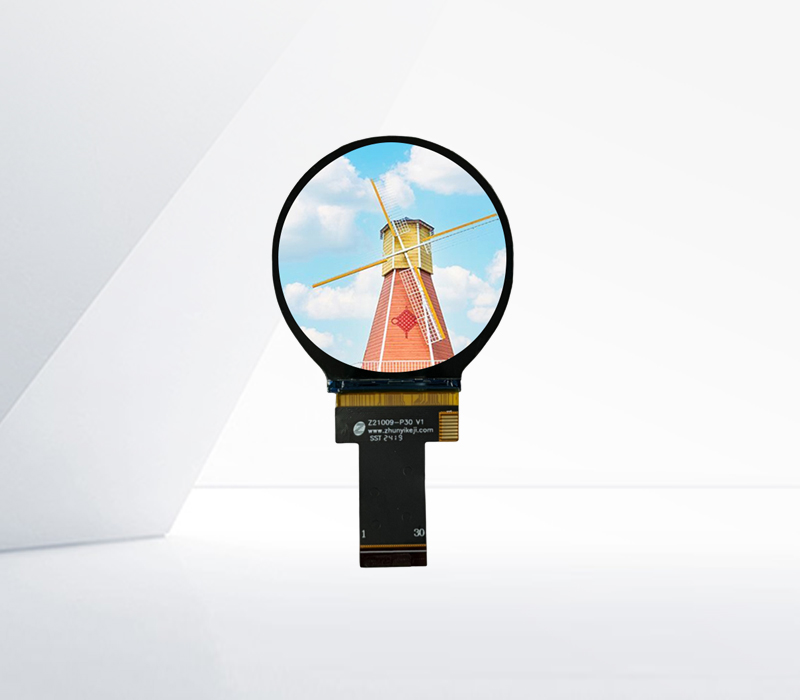




Efficient power management is crucial for TN LED displays, as it not only reduces energy consumption and operating costs but also extends the lifespan of the display components. Optimizing the power management of TN LED displays involves several strategies and techniques that focus on minimizing power usage without compromising on display performance.
One of the primary areas for power management optimization is the backlight system. The backlight is one of the most power-consuming components in a TN LED display. To reduce its power consumption, modern displays often use advanced backlight technologies such as local dimming. Local dimming divides the backlight into multiple zones and adjusts the brightness of each zone independently based on the content being displayed. In dark scenes, the backlight in the corresponding zones can be dimmed or turned off completely, significantly reducing power consumption while maintaining good contrast and image quality. Additionally, the use of energy-efficient LED backlights with high luminous efficacy can also contribute to power savings. These LEDs convert electrical energy into light more efficiently, consuming less power to produce the same amount of brightness.
Another aspect of power management is the control of the display's refresh rate. As mentioned earlier, higher refresh rates require more power. By implementing dynamic refresh rate adjustment, the display can adapt its refresh rate to the content being shown. For static images or slow-moving video, the refresh rate can be reduced, resulting in lower power consumption. This feature is especially useful in applications such as office work, where the display typically shows static documents and web pages most of the time. Some displays also support technologies like variable refresh rate (VRR), which synchronizes the display's refresh rate with the frame rate of the graphics card in gaming systems, reducing power consumption and eliminating screen tearing.
Power management can also be optimized at the system level. Many TN LED displays come with built-in power management features that allow users to set different power modes, such as sleep mode, standby mode, and low-power mode. In sleep mode, the display enters a low-power state when it is not in use for a certain period, reducing power consumption to a minimum. Standby mode maintains a basic level of functionality, allowing the display to quickly wake up when a signal is detected. Low-power mode reduces the brightness and performance of the display to further conserve energy. Additionally, power management software can be used to monitor and control the power consumption of the display, providing users with detailed information and the ability to customize power settings according to their needs.
Furthermore, optimizing the power management of TN LED displays involves reducing power losses in the circuitry. This can be achieved through the use of high-efficiency power supply units (PSUs) and advanced circuit designs. PSUs with high power factor correction (PFC) and low standby power consumption help to minimize energy waste. Advanced circuit designs, such as using low-power integrated circuits and optimizing the layout of the PCB, also contribute to reducing power losses and improving overall power efficiency. By implementing these power management optimization strategies, TN LED displays can operate more efficiently, reducing their environmental impact and providing users with long-term cost savings.
